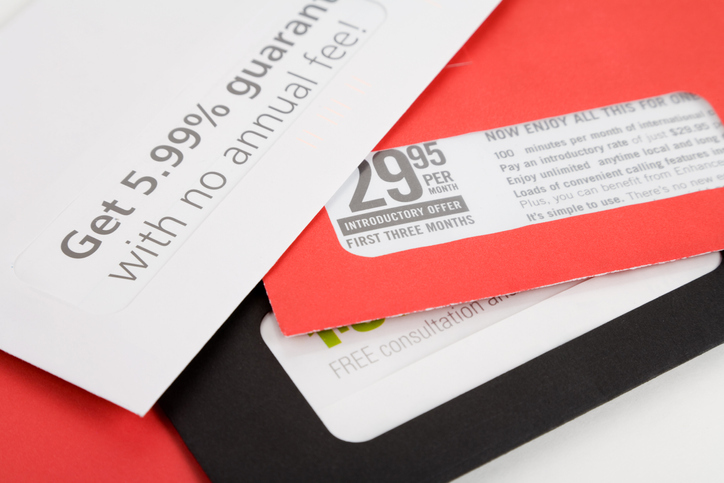06.16.2023
Do email and social media dominate your marketing strategy? With today’s screen-time statistics, it's easy to overlook the tried-and-true method of direct mail. Despite what some marketers assume, direct mail remains a highly effective tool for businesses to engage with their target audience in a tangible and personal way.
With careful planning and execution, direct mail campaigns can yield impressive results and help your business stand out from the competition. Let’s explore five powerful ways your marketing team can leverage direct mail to drive growth and boost your business, including:
Or, dive into the basics of direct mail >
1) Generate New Leads
Direct mail can be an excellent tool for generating new leads and expanding your customer base. By strategically targeting specific demographics or geographic areas, you can reach potential customers who may not be as receptive to online marketing efforts. And the real money maker? Personalization—because 84% of consumers say they’d be more likely to pay attention to mail that speaks directly to them.

Consider offering exclusive promotions or incentives to encourage recipients to take action, such as visiting your store, redeeming a coupon, or signing up for a newsletter. And don’t forget to include a compelling call-to-action that entices recipients to engage!
2) Nurture Customer Relationships
Have you ever received a personalized reminder that it’s time to take your furry friend to the vet? “How nice!” you think, because it feels personal and caring for them to reach out.
Direct mail provides an opportunity to nurture existing customer relationships and keep your brand top-of-mind. Consider sending personalized thank-you cards, birthday greetings, or anniversary offers to show your customers that you value their loyalty. By adding a personal touch and making your customers feel appreciated, you can foster long-term relationships and encourage repeat business.
Learn how a local business grew with direct mail >
3) Showcase New Products or Services
You’re beaming with pride over your new service offering—so much so, you want to shout it from the rooftops! Direct mail allows you to communicate with the people who matter most [your customers] in a visually appealing and informative way.
Use high-quality images, engaging copy, and compelling offers to capture the attention of your target audience. Whether you're launching a new product line, introducing an upgraded service, or announcing a special promotion, direct mail can help you make a memorable impact and generate excitement among your customer base.
4) Drive Website Traffic
Direct mail isn’t a one-and-done deal—it can and should be used alongside digital channels to drive the best engagement. A study by Canada Post shows that integrating direct mail with digital tactics in a campaign increases brand recall by 40% and makes consumers 39% more likely to pay attention.

Include QR codes, personalized URLs (PURLs), or unique coupon codes in your direct mail pieces to encourage recipients to visit your website for more information, or to make a purchase. This integration of offline and online marketing channels creates a seamless customer journey and enhances the overall effectiveness of your marketing campaigns.
5) Re-engage Dormant Customers
Direct mail is a powerful way to re-engage with customers who haven't interacted with your business in a while. How? First, segment your customer database based on their purchase history or engagement levels, and then send targeted direct mail pieces that reignite their interest.
Consider offering exclusive discounts, sneak peeks of upcoming products, or personalized recommendations based on your customer’s previous purchases. By showing them that you value their past support and want to rekindle the relationship, you stand a better chance of bringing them back into the fold.
While digital channels continue to evolve and play a vital role in your growth strategy, direct mail remains an effective and impactful tool to add to the marketing mix. Remember, the key to success lies in creating targeted, personalized, and visually appealing direct mail campaigns that resonate with your audience. So, don't overlook the power of direct mail—it may just be the missing ingredient in your perfect recipe.



